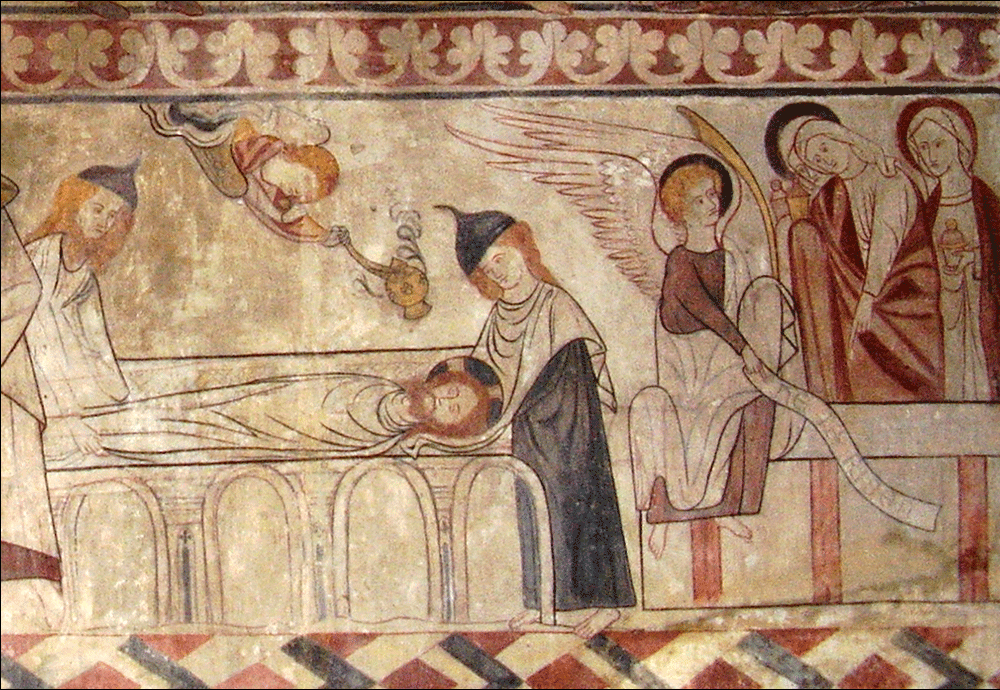This was something of a controversy a couple years back.
When people were outraged that Christ is depicted as a 'white guy'...overlooking the Ethiopian and other African icons of Christ.
Yes, Christ appears north-European in, um, north Europe. Here in Britain our medieval images depict him in contemporary dress, as a ginger/blonde haired guy with fair skin. The intention is to depict the humanity of Christ so he can be communicated to those who look upon his image. Also, from an art history perspective, it depends on which pigments are available in an area/time.
Blue became associated with the Virgin in western Europe because the most brilliant pigment was hugely costly: Lapis Lazuli from Afghanistan, commonly called 'ultramarine' (beyond the [mediterranean] sea).
Reddish purple (porphyry) also being costly because of the laborious process of manufacture, as well as associations with imperial rights to the colour.
In Britain, far removed from the great international trade routes of the middle ages, earthen colours were more frequently used on a parish basis. Walls would be treated with lime (white), with the earth pigments applied on top. Though initially vivid, they would fade over time.
In windows, stained glass pigments hold up better over time, but even so, the primary purpose is to convey the image, and so contrast is critical when back-lit. White skin is easier to see against the lead outlines and painted details of eyes/mouths.
Lakenheath parish church (England), earthen pigments on whitewashed wall. c.1220


